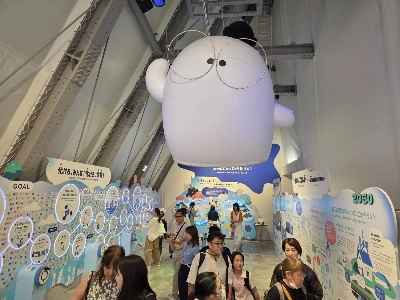Earlier this month, after U.S. President Donald Trump introduced high “reciprocal” tariffs on 57 countries running trade surpluses with the United States, the stock market plunged, the dollar slid and U.S. Treasury yields climbed.
Within 24 hours of the tariffs taking effect, Trump announced a 90-day “pause” on most of them, though a 10% baseline tariff remains in effect and tariffs on most Chinese imports have continued to climb in a rapidly escalating trade war. Despite the pause, Trump continues to insist that tariffs are essential to bring manufacturing back to the U.S.
America’s own historical experience — particularly the Smoot-Hawley Tariff Act of 1930 — is often cited as evidence of the profound damage tariffs can do. But East Asia has successfully used tariffs to help it build up a strong manufacturing base. Unfortunately for the U.S., there are important differences between the approach that worked in East Asia — in particular, South Korea — and the approach taken by the Trump administration.


















With your current subscription plan you can comment on stories. However, before writing your first comment, please create a display name in the Profile section of your subscriber account page.